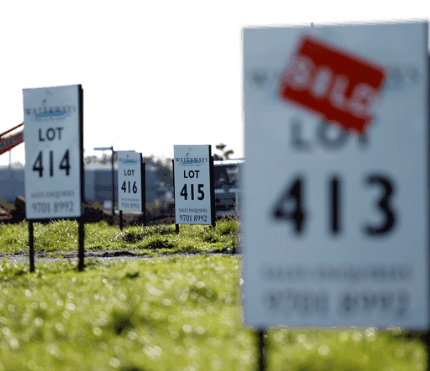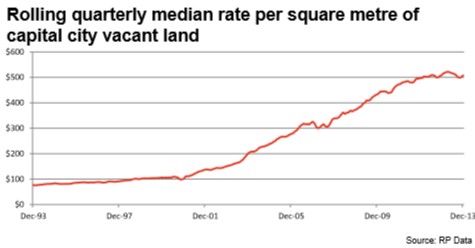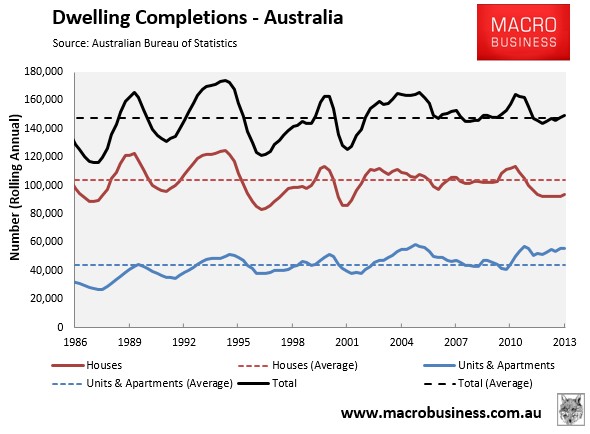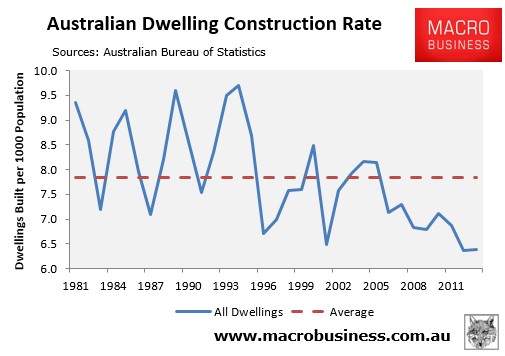
Alan Kohler has published a good post today at Business Spectator warning that increasing credit availability, brought about partly from the resurgence in securitisation, is combining with Australia’s constipated land use/planning system to raise house prices, to the detriment of younger Australians:
We are seeing two quite different markets being mixed together: one for credit that is active and plentiful (call this one nitro) and one for land that is short (call it glycerin)…
There simply isn’t enough land being released in Australia to match either the demand for housing or the supply of credit.
…while the cost of building a house has come down, getting land to put it on is hard and expensive… 20-30 years ago the price of a block of land was about 40 per cent of the cost of a house; now the land cost is 2-3 times the cost of a house.
The result is that instead of being three times the average wage as it used to be, the cost of housing in Australia is 6-10 times average income. First homebuyers are now totally excluded from home ownership unless their parents support them…
By the far best solution would be a big increase in the supply of serviced land in the outer suburbs of Sydney and Melbourne, but it would be slow and the infrastructure would be expensive – too expensive for the first homebuyers themselves to pay, or for governments for that matter…
Kohler is spot on with regards to land supply, which is being restricted via growth boundaries, upfront development charges, and cumbersome structured planning processes, which have forced-up the cost of lots, inflating land values across the entire urban area in the process and also making apartment development and sub-division more expensive.
For evidence, one only has to look at the 564% escalation in fringe land values nationally over the past 20 years, according to RP Data:

We also shouldn’t forget that high land prices have also adversely impacted the construction sector, whose output has barely increased over the past 30 years, despite the massive increase in the Australian population (see below charts).


That said, I do not agree with Kohler’s view that providing infrastructure to new developments is prohibitive. Until the 1990s, housing-related infrastructure was funded by ratepayers, with no adverse impacts. The housing system also worked far better than it does today.
Besides, there are also other models that Australia could adopt to fund infrastructure without excessive costs to taxpayers, such as the highly successful Municipal Utility District (MUD) model used in Houston and Austin Texas (explained in detail here).
All that is required is a bit of policy innovation, which sadly appears to be lacking.

